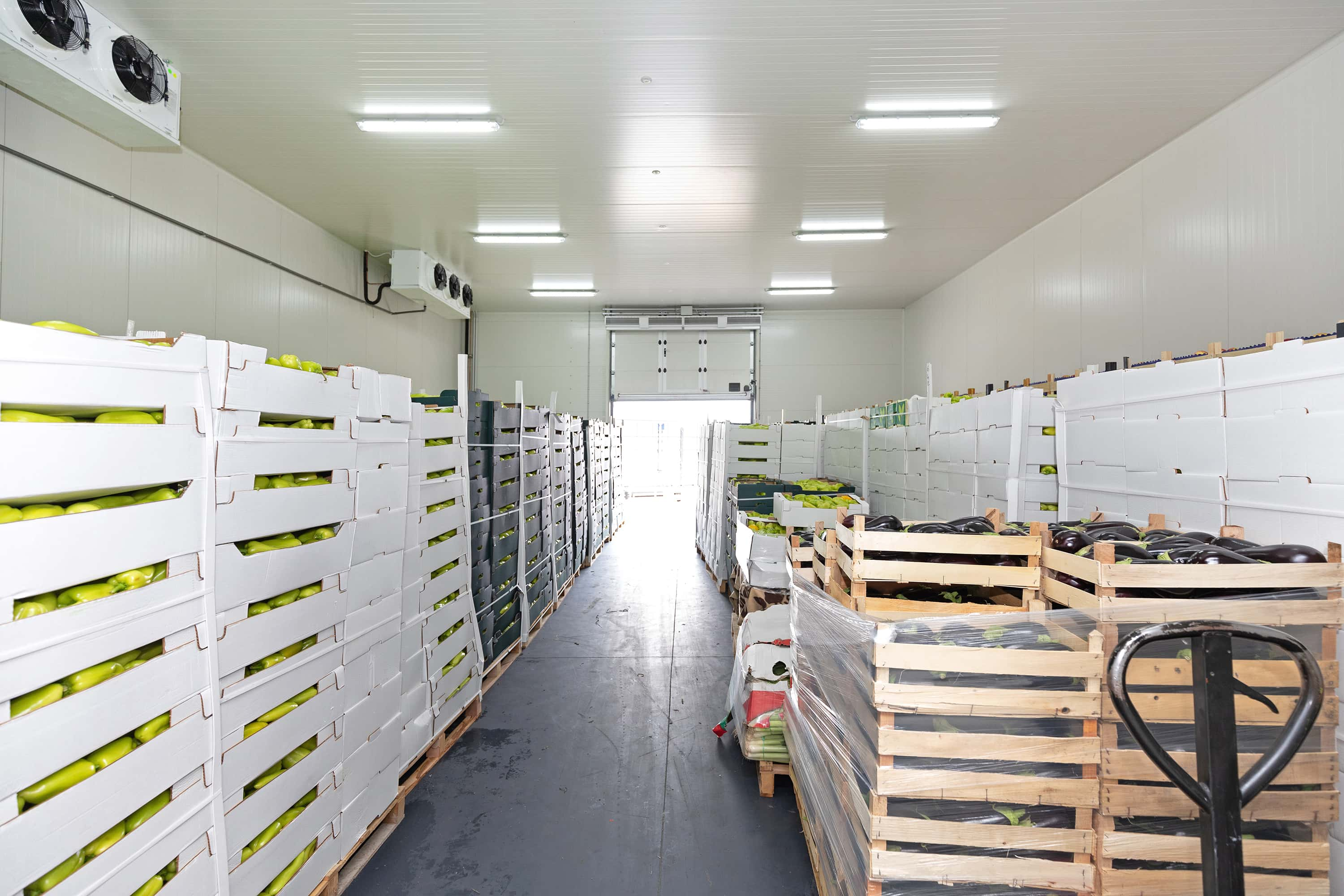This article provides those new to the fresh fruit and vegetable industry a simple explanation of the cold chain and its major components.
According to Energy Efficiency in the Food Cold Chain, it is estimated that 40 percent of all foods are refrigerated at some point, and that 15 percent of global energy consumption is devoted to refrigeration.
What is the cold chain?
A cold chain is a temperature-controlled supply chain. It involves an uninterrupted storage and distribution process which maintains a given temperature range. It is used to help extend and ensure the shelf life of fresh fruits and vegetables which can increase return on investment. It involves the transportation of temperature sensitive products along a supply chain through logistical planning to protect the integrity of these shipments.
A cold chain is the interaction between these three areas:
- Product: A product requires specific temperature and humidity conditions. These conditions dictate its transport.
- Origin/Destination: The respective locations of where the fruits and vegetables are grown and consumed. Because of advances in cold chain logistics, it is possible to use increasingly distant sourcing strategies.
- Distribution: The methods and infrastructure available to transport a product in a temperature-controlled environment which can involve reefers, trucks and warehousing facilities.
The following is from The Cold Chain and its Logistics by Dr. Jean-Paul Rodrigue and Dr. Theo Notteboom which explains the basics of cold chain logistics. While globalization made the relative distance between regions of the world much smaller, the physical separation of these regions is still a reality. The greater the physical separation, the more likely fruits and vegetables can be damaged by undue temperature variations since respiration rates can be controlled by temperature.
The cold chain is a science, a technology and a process. It is a science since it requires the understanding of the chemical and biological processes linked with perishability. It is a technology since it relies on physical means to ensure appropriate temperature conditions along the supply chain. It is a process since a series of tasks must be performed to prepare, store, transport and monitor temperature sensitive products.
About 70 percent of all the food consumed in the U.S. is handled by the cold chains. For China, less than 25 percent of meat and about 5 percent of fruits and vegetables are. The U.S. imports about 30 percent of its fruits and vegetables, and 20 percent of its food exports can be considered perishables. The cold chain keeps food fresh for extended periods and eliminates doubts over the quality. Still, about 25 percent of all food products transported in the cold chain are wasted each year due to breaches in integrity leading to fluctuations in temperature and product degradation. Innovations in packaging, fruit and vegetable coatings, bioengineering, and other techniques reducing the deterioration of food products helped shippers extend the reach of perishable products.
The distribution center represents the most efficient link in cold chain logistics by providing facilities where vast amount of perishable food products can be received from a large amount of suppliers, stored, sorted and assembled into loads bound for respective grocery stores. These facilities have several storage areas with different temperature settings to handled regular grocery goods at ambient temperatures.
